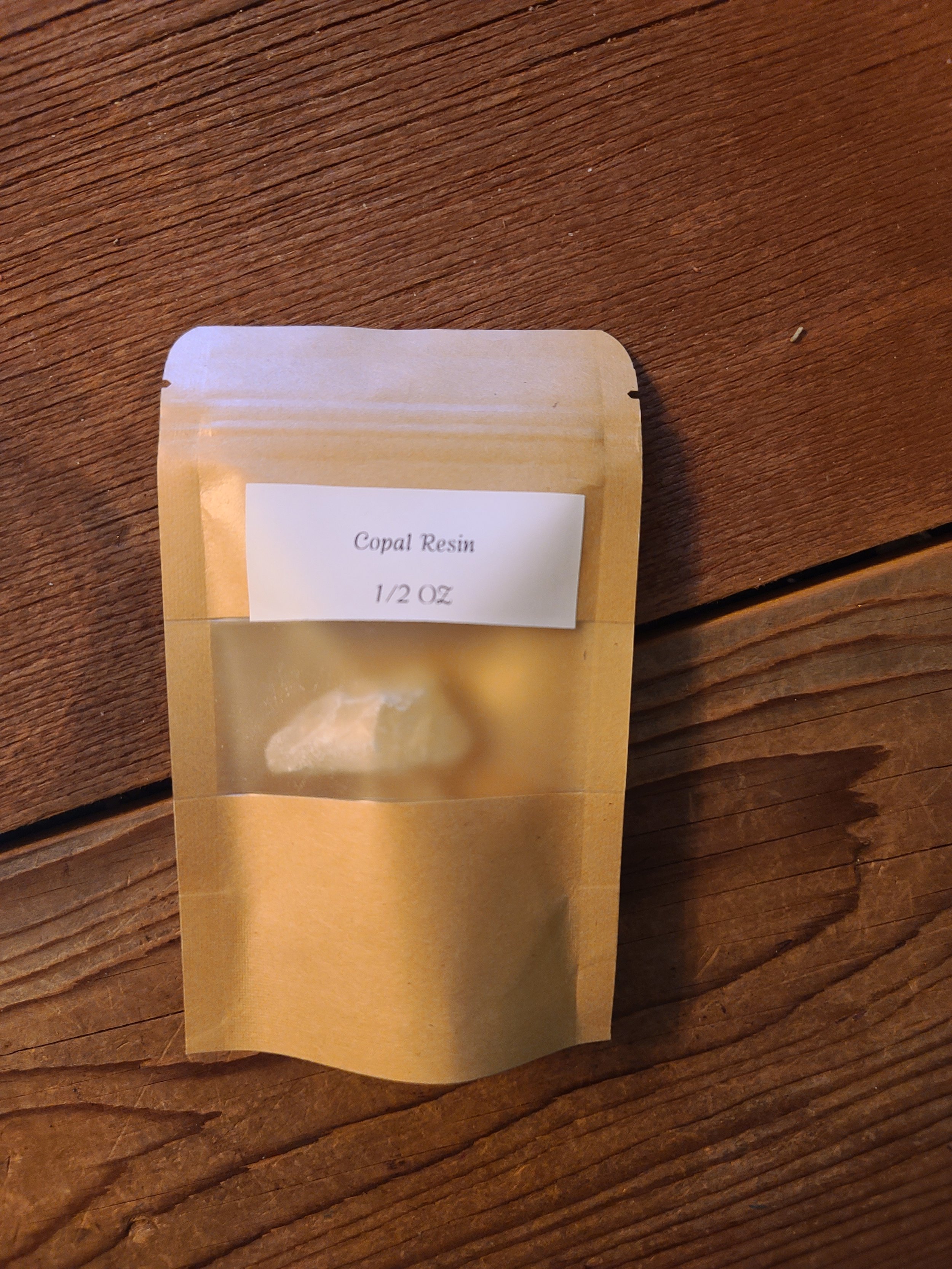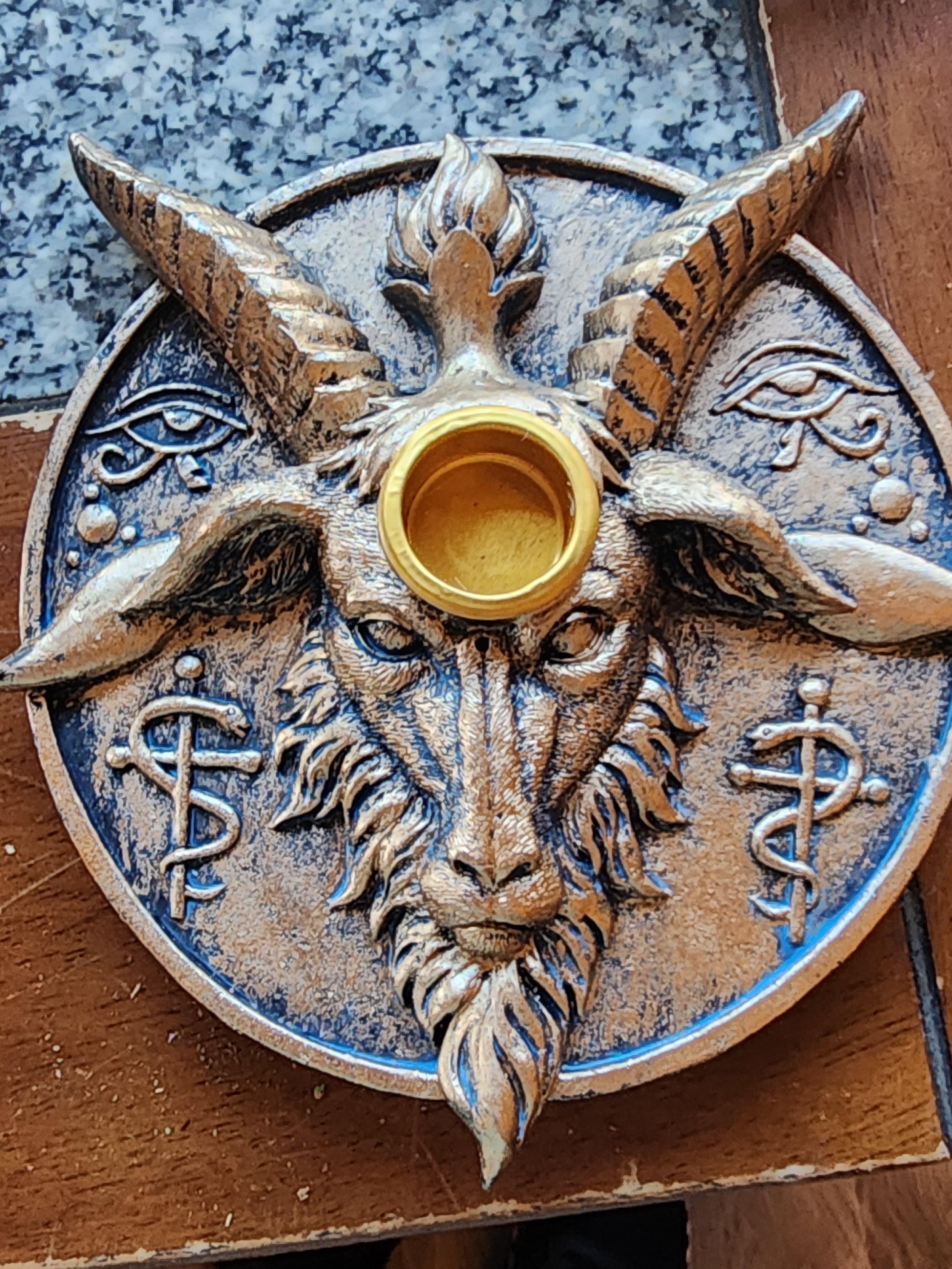Copal Resin-Wildharvested
Copal is a general name that describes the resinous substance exuded from a variety of tree genera. Typically, these trees come from tropical climates and their resin has historical uses by indigenous tribes in ceremonial settings. Our copal resin comes from Shorea javanica. Copal is traditionally burned as incense.
More generally, the term copal describes resinous substances in an intermediate stage of polymerization and hardening between "gummier" resins and amber. The word copal is derived from the Nahuatl word copalli, meaning "incense". Copal has long been used in ancient Maya and Aztec ceremonies as a ritual offering to the gods. It is still used by a number of indigenous people in southern Mexico and Central America during sweat lodge ceremonies as well as sacred mushroom ceremonies. Copal is also found in East Africa and Indonesia. Ceremonially, the resin is placed on hot coals for spiritual cleansing.
Copal is a general name that describes the resinous substance exuded from a variety of tree genera. Typically, these trees come from tropical climates and their resin has historical uses by indigenous tribes in ceremonial settings. Our copal resin comes from Shorea javanica. Copal is traditionally burned as incense.
More generally, the term copal describes resinous substances in an intermediate stage of polymerization and hardening between "gummier" resins and amber. The word copal is derived from the Nahuatl word copalli, meaning "incense". Copal has long been used in ancient Maya and Aztec ceremonies as a ritual offering to the gods. It is still used by a number of indigenous people in southern Mexico and Central America during sweat lodge ceremonies as well as sacred mushroom ceremonies. Copal is also found in East Africa and Indonesia. Ceremonially, the resin is placed on hot coals for spiritual cleansing.
Copal is a general name that describes the resinous substance exuded from a variety of tree genera. Typically, these trees come from tropical climates and their resin has historical uses by indigenous tribes in ceremonial settings. Our copal resin comes from Shorea javanica. Copal is traditionally burned as incense.
More generally, the term copal describes resinous substances in an intermediate stage of polymerization and hardening between "gummier" resins and amber. The word copal is derived from the Nahuatl word copalli, meaning "incense". Copal has long been used in ancient Maya and Aztec ceremonies as a ritual offering to the gods. It is still used by a number of indigenous people in southern Mexico and Central America during sweat lodge ceremonies as well as sacred mushroom ceremonies. Copal is also found in East Africa and Indonesia. Ceremonially, the resin is placed on hot coals for spiritual cleansing.






